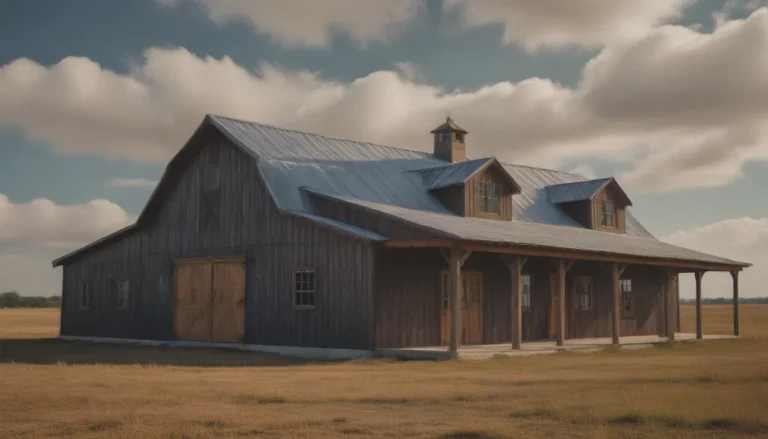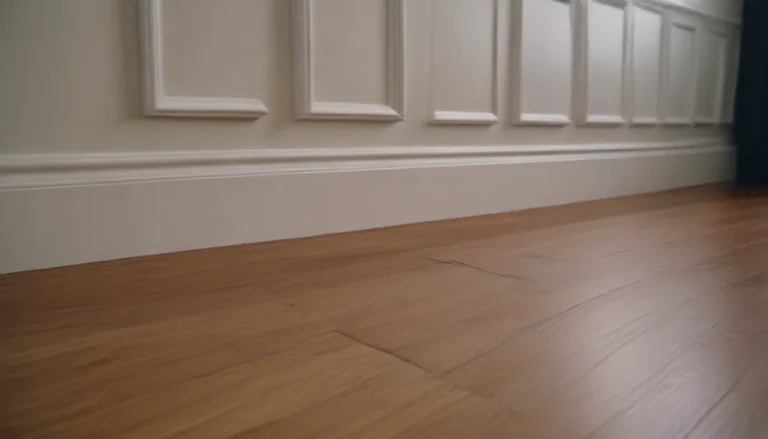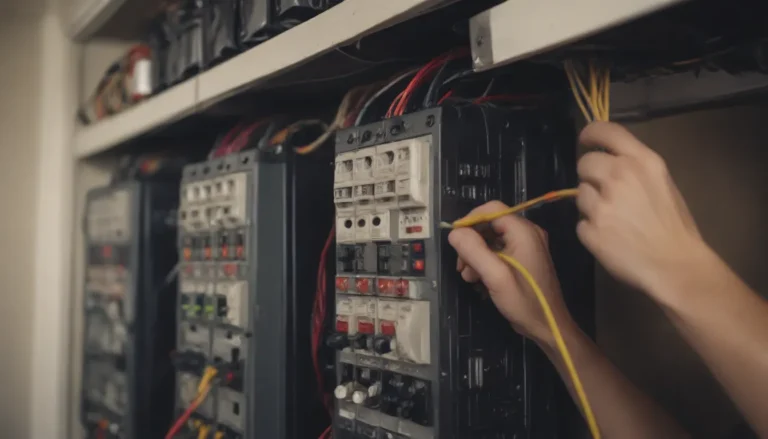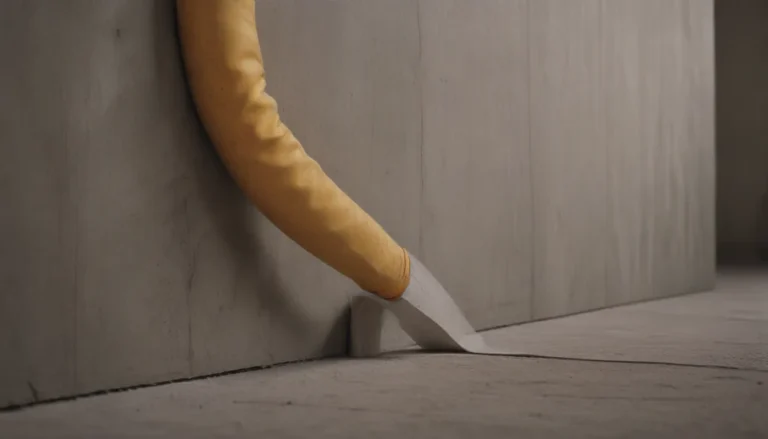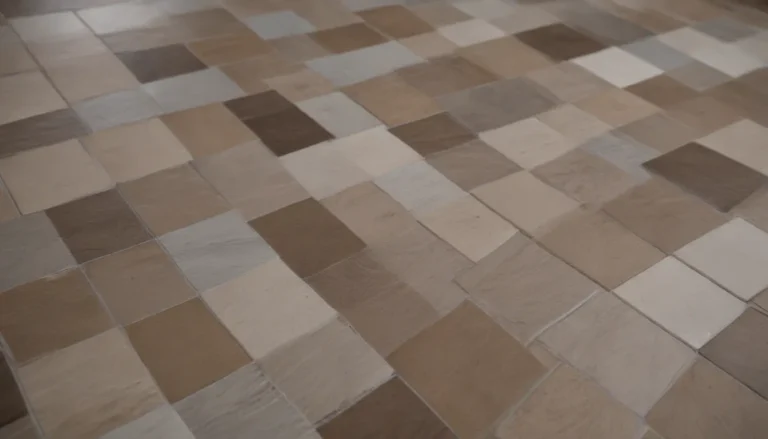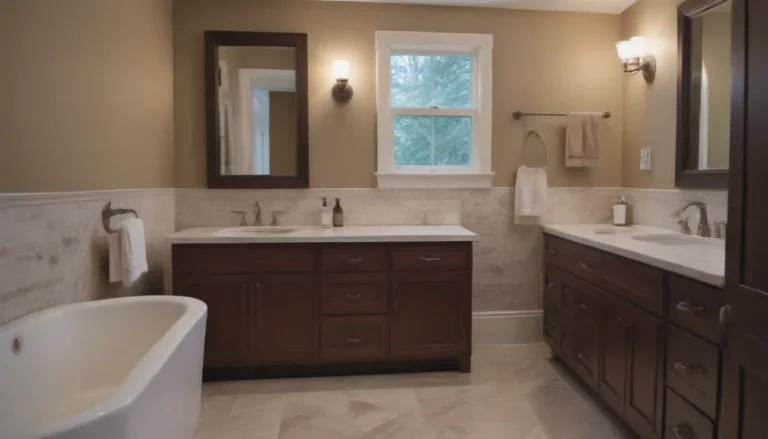Understanding Fire-Rated Type X or C Drywall: What You Need to Know

If you’re embarking on a construction project or a home renovation that involves drywall, understanding the ins and outs of fire-rated Type X or Type C drywall is crucial. Building codes often specify the type of drywall that must be used, particularly in areas where fire safety is a concern. Fire-rated drywall, commonly known as Type X or Type C drywall, is designed to slow down the spread of fire, giving occupants valuable time to escape in the event of a fire. However, it’s essential to dispel some common misconceptions about fire-rated drywall – it’s fire-rated, not fireproof.
What is Fire-Rated Type X Drywall?
Fire-rated Type X drywall, also known as fireproof drywall, is distinguished by its thickness of 5/8-inch, which includes all layers. This type of drywall is fortified with glass fibers in the gypsum core to enhance its fire-resistant properties. In comparison to standard gypsum and paper drywall, Type X drywall is denser and takes longer for fire to degrade it. Most Type X drywall boasts a one-hour fire rating, providing occupants with an added layer of safety. Additionally, Type X drywall offers improved sound absorption and strength compared to conventional drywall options.
Type X vs. Type C Drywall
Both Type X and Type C drywall are classified as fire-resistant materials with 60-minute wall system ratings. Type C drywall contains additional additives in the gypsum core, making it slightly more fire-resistant than Type X drywall. While both types of fire-rated drywall serve the same purpose – slowing down the spread of fire – it’s essential to understand their subtle differences when determining which to use for your project.
Why Use Fire-Rated Drywall?
While fire-rated drywall is not infallible against fire, it provides a crucial line of defense by delaying the progression of fire. In the event of a fire, every minute counts, and fire-rated drywall offers an additional 30 minutes of protection compared to conventional drywall. By incorporating Type X or Type C drywall in your construction or renovation project, you’re investing in enhanced fire safety for your building.
Key Features of Fire-Rated Type X or Type C Drywall:
- 5/8-inch thickness
- 60-minute fire rating
- Embedded with glass fibers for added strength
- Required by building codes in specific locations
- Must be part of a full wall system for optimal performance
Where to Install Fire-Rated Drywall
According to building codes, fire-rated drywall is typically mandated in specific areas of a building to enhance fire safety. Common locations where fire-rated drywall may be required include:
- Kitchens
- Garages
- Utility rooms
- Hallways
- Basements
While it’s crucial to adhere to building codes and install fire-rated drywall in designated areas, it’s not necessary to use it throughout the entire home. Due to its higher cost compared to standard drywall, it’s essential to allocate fire-rated drywall strategically based on fire safety requirements and budget constraints.
Limitations of Type X or C Drywall
It’s essential to recognize that the effectiveness of fire-rated drywall relies not only on the drywall itself but on the entire wall system. ASTM testing standards mandate that the entire wall assembly undergo testing to evaluate its fire-resistant properties accurately. Factors such as studs, insulation, and other components of the wall system can influence the performance of fire-rated drywall. Therefore, it’s crucial to consider the holistic approach to fire safety when incorporating fire-rated drywall into your construction project.
Considerations When Using Fire-Rated Drywall:
- Thickness and composition of the drywall
- Cost differentials compared to standard drywall
- Availability of fire-rated drywall at local suppliers
In conclusion, understanding the basics of fire-rated Type X or Type C drywall is essential for ensuring the safety and longevity of your construction project. By incorporating fire-rated drywall in key areas of your building, you’re investing in enhanced fire protection and peace of mind for you and your occupants. Remember, fire-rated drywall is just one component of a comprehensive fire safety strategy – ensuring proper installation and adherence to building codes are equally crucial. So, whether you’re a homeowner embarking on a renovation project or a contractor seeking to enhance fire safety measures, fire-rated Type X or Type C drywall is a valuable asset to consider for your next construction endeavor.
